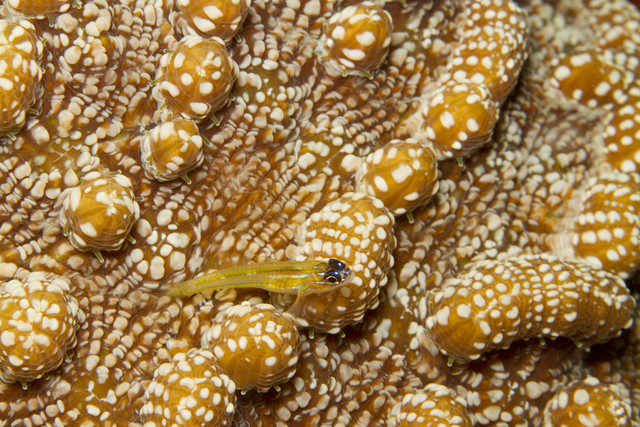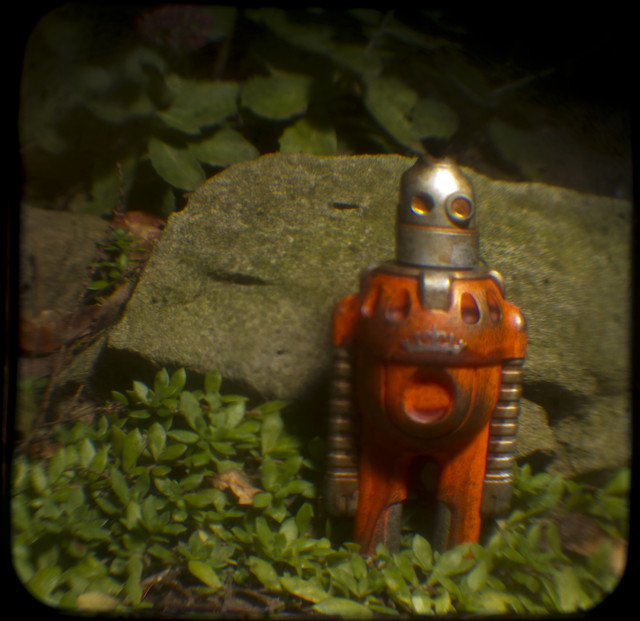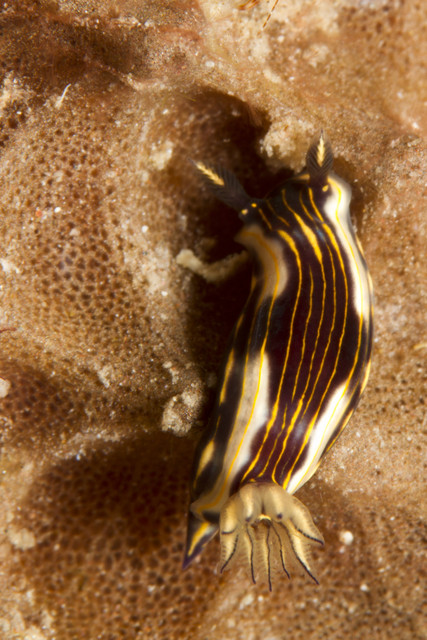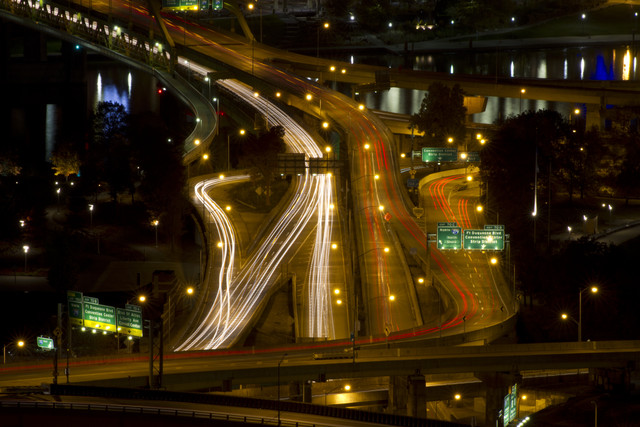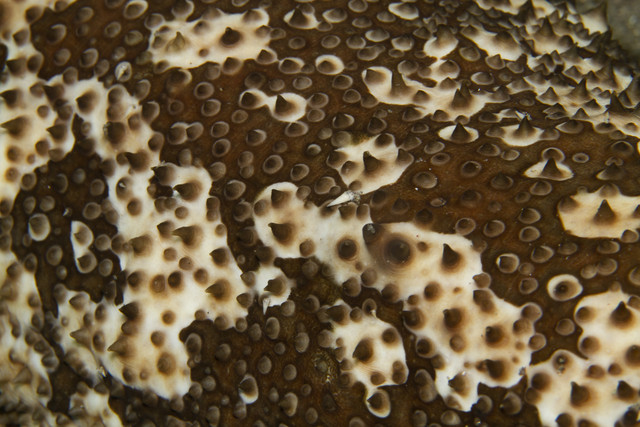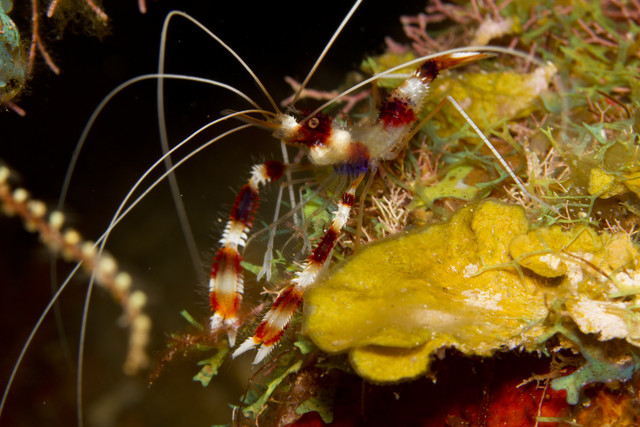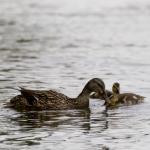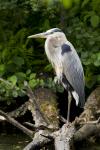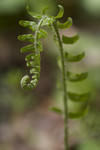Poll: St. Kitts Saman Tree Compositions
ktuli — Sat, 12/03/2011 - 20:38
When we go on dive trips, our group always makes sure to spend some time top-side exploring the exotic places that we visit. In St. Kitts, we visited a batik factory (yes, like the one we visited in Bali) located on the grounds of Romney Manor that was once owned by the great great great grandfather of Thomas Jefferson.
On the grounds is a Saman Tree (Albizia saman). This tree is absolutely incredible... it is over 350 years old, 24 feet across at the base of the trunk, and the branches span over half an acre.
So obviously, it presented some challenges for getting a good composition that worked well to capture it. In all honesty, I should have put Anya in the frame near the base of the tree as a point of reference. Additionally, the late afternoon (almost 4PM) tropical light certainly presented some exposure issues (between a bright sky and dark branches and shared area under the tree).
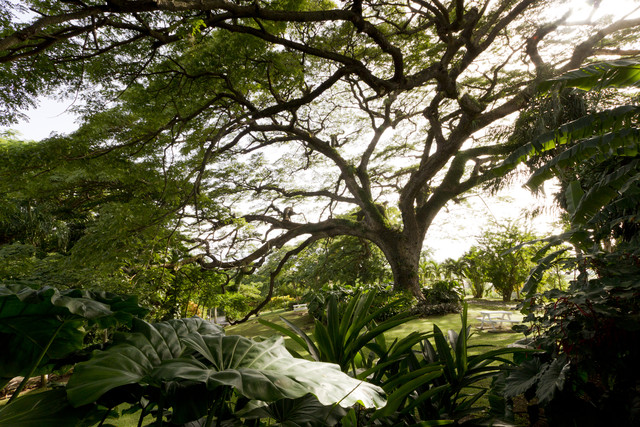 |
|
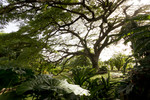 Wider Composition, 1/120 sec at f/11 |
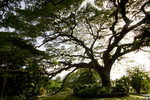 Tighter Composition, 1/200 sec at f/11 |
Technical Data: Canon EOS 7D, Sigma 10-20mm f/4-5.6 EX DC HSM AF at 10mm, 1/120 and 1/200 sec respectively at f/11. ISO 400. Raw conversion in Photoshop CS5. Romney Manor, St. Kitts.
Usual drill here - mouse over the thumbnails for the larger view, then place your vote and leave a comment letting me know why you chose what you did.
- Bill
Sea Shell and Light Sources
ktuli — Thu, 12/01/2011 - 19:08
When taking photos, the source of your light makes all the difference. Today, I have a dramatic example to illustrate this fact.
I took these photos for an exercise for a photography class. The assignment had nothing to do with lighting, but as I was playing around with this subject, I figured I'd try some different things. The shell is pretty thin walled, so I took one shot with the light source just the lights in our light tent, then took another with a small LED light illuminating the inside of the shell.
The results are kind of interesting.
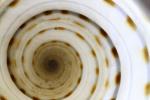 Internal lighting for 5.2 seconds |
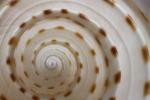 Regular lighting for 1/4 second |
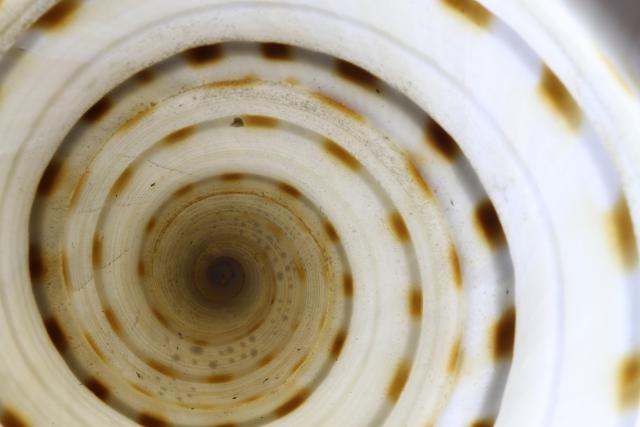 |
|
Technical Data: Canon EOS 7D, Canon EF 100mm f/2.8L Macro IS USM, 5.2 and 1/4 sec respectively at f/18.2. ISO 200.
Same exact subject, just slightly different settings and different lighting - it is amazing what little changes can make to a photograph. Which means you have to be able to visualize those kinds of things to be able to produce multiple images when given certain situations.
- Bill
Caribbean Explorer: Patterns of the Reef (part 4)
ktuli — Wed, 11/30/2011 - 16:40
Another in my Patterns of the Reef series. Like the second in the series, this one also features a Peppermint Goby (Coryphopterus lipernes), but this time it is sitting on what I believe is some Knobby Cactus Coral (Mycetophyllia aliciae).
Technical Data: Canon EOS 7D, Canon EF 100mm f/2.8L Macro IS USM, 1/120th sec at f/16. Image Stabilization on. ISO 100. Ikelite Housing and Port with Ikelite 161 Strobe in TTL Mode. Raw conversion in Photoshop CS5.
Like I've said, these patterns are just everywhere on the reef.
- Bill
TTV: Cris Rose Ruckus Robots (part 2)
ktuli — Tue, 11/29/2011 - 17:34
I provided a teaser for this set of photos over a month ago, ad realized I have a couple more to share, so here's another...
Technical Data: Canon EOS 7D TTV Argus Seventy-Five, Tokina AT-X M35 Pro DX AF 35mm f/2.8 Macro 1:1, 1/15 sec at f/9. Canon Speedlight 580EX II flash in auto mode and wireless control. ISO 100. RAW processing in Adobe Camera Raw.
This particular shot is a bit dark, but I really feel that the TTV treatment works well with these vintage looking robots. I know this isn't perfect, but I think it stands as and example of the potential that a little subject like this carries.
- Bill
Caribbean Explorer: Gold-Lined Sea Goddess
ktuli — Sun, 11/27/2011 - 15:40
We didn't get to see as many different species of nudibranchs as we did in Wakatobi, so this is the last species I get to share from this most recent trip.
This is a Gold-Lined Sea Goddess (Hypselodoris ruthae). They are a very small nudibranch, only growing to about half an inch in size, and were only visible at night (yeah - when the sharks were bumping into us).
They aren't the flashiest of nudibranchs, but their small size certainly made them a fun one to find on the dives.
Technical Data: Canon EOS 7D, Canon EF 100mm f/2.8L Macro IS USM, 1/120th sec at f/16. Image Stabilization on. ISO 200. Ikelite Housing and Port with Ikelite 161 Strobe in TTL Mode. Raw conversion and cropped in Photoshop CS5.
If you happened to have missed them, go check out the Purple-Crowned Sea Goddess, Lettuce Sea Slug (and more), and Long-Horn Nudibranch.
- Bill
Pittsburgh at Night: Light Trails
ktuli — Tue, 11/22/2011 - 18:37
I think this is one of those cliche styles of photography that every photographer tries at some point, so it was just a matter of time before I gave it a spin. It is fun, and the results are interesting - even if they are a challenge to get something really worth keeping...
Technical Data: Canon EOS 7D, Tamron 70-300mm f/4-5.6 Di LD Macro1:2 at 176mm, 41 sec at f/36. ISO 100. RAW processing in Adobe Camera Raw.
Why This Photo: As I said, I think every photographer gives this a try at some point.
What Works: The symmetry of the light trails is really what caught my eye and I am glad that the end product does a good job of presenting it. Also, my new tripod worked well to keep the shot very steady even for a 41 second exposure.
What Doesn't Work: All in all, though, the photo is still pretty cliche, and quickly after browsing it, I think it can become stale. There are also some rather distracting elements scattered around the shot, but those are probably hard to avoid in such an urban setting.
I'm sure I'll try it again, so I'll just have to keep an eye out for a more interesting area to try next time.
- Bill
Revisiting the Skull-Faced Jumping Spider
ktuli — Sun, 11/20/2011 - 16:58
I realized recently that I haven't posted any spider shots in a while, and that I never got back to sharing more shots of this jumping spider. So, without any further ado, here you go.
 |
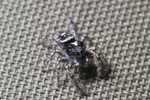 |
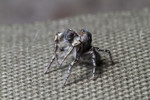 |
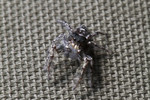 |
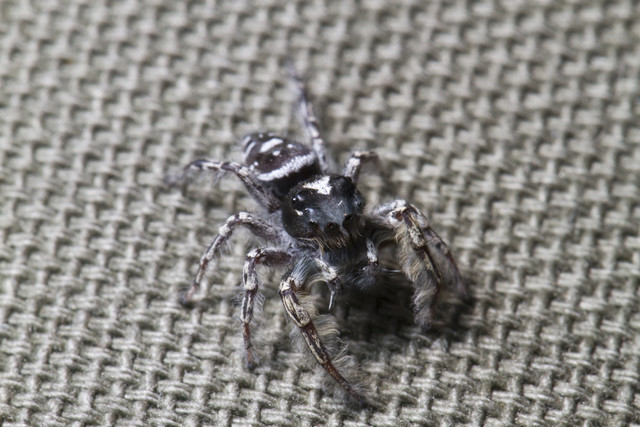 |
|||
Technical Data: Canon EOS 7D, Canon EF 100mm f/2.8L Macro IS USM (first shot with Kenko Teleplus PRO 300 "DG" AF 2x Teleconverter), 1/250 sec at f/16. Canon Speedlight 580EX II flash in auto mode and wireless control. Image Stabilization on. ISO 160. RAW processing in Adobe Camera Raw.
Such a cool little spider.
- Bill
Caribbean Explorer: Patterns of the Reef (part 3)
ktuli — Wed, 11/16/2011 - 20:40
Another installment in my Patterns of the Reef series.
Technical Data: Canon EOS 7D, Canon EF 100mm f/2.8L Macro IS USM, 1/120th sec at f/16. Image Stabilization on. ISO 100. Ikelite Housing and Port with Ikelite 161 Strobe in TTL Mode. Raw conversion in Photoshop CS5.
The subject is a close-up of a Furry Sea Cucumber (Astichopus multifidus). I have no clue where they get the furry name, but whatever works...
- Bill
Caribbean Explorer: Another Banded Coral Shrimp
ktuli — Tue, 11/15/2011 - 19:03
I know I've already shared a shot of a Banded Coral Shrimp (Steopus hispidus), but I figured I'd share another since this one gives a bit better of an angle to see the details on the shrimp...
Technical Data: Canon EOS 7D, Canon EF 100mm f/2.8L Macro IS USM, 1/120th sec at f/16. Image Stabilization on. ISO 200. Ikelite Housing and Port with Ikelite 161 Strobe in TTL Mode. Raw conversion in Photoshop CS5.
- Bill
Poll: Roberto Clemente Bridge Exposures
ktuli — Mon, 11/14/2011 - 20:30
With the evenings getting darker earlier these days, I recently went out with a couple friends to get some night photography downtown. I came back with only a handful of keepers, but it was still a fun learning experience.
One keeper is actually two different exposures of the Roberto Clemente Bridge. One is a fairly short (1/2 second) exposure while the other is a much longer exposure at 25 seconds.
 Short Exposure 1/2 sec at f/1.8 |
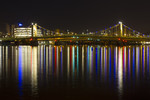 Long Exposure 25 sec at f/11 |
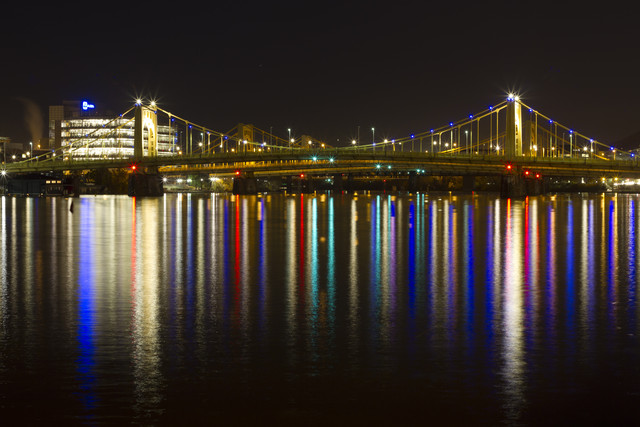 |
|
Technical Data: Canon EOS 7D, Canon EF 50mm f/1.8 II, 1/5 sec at f/1.8 and 25 sec at f/11, ISO 100. Raw conversion in Photoshop CS5.
Mouseover each thumbnail for a larger view, then place your vote and leave a comment to let me know why you chose what you did.
- Bill

